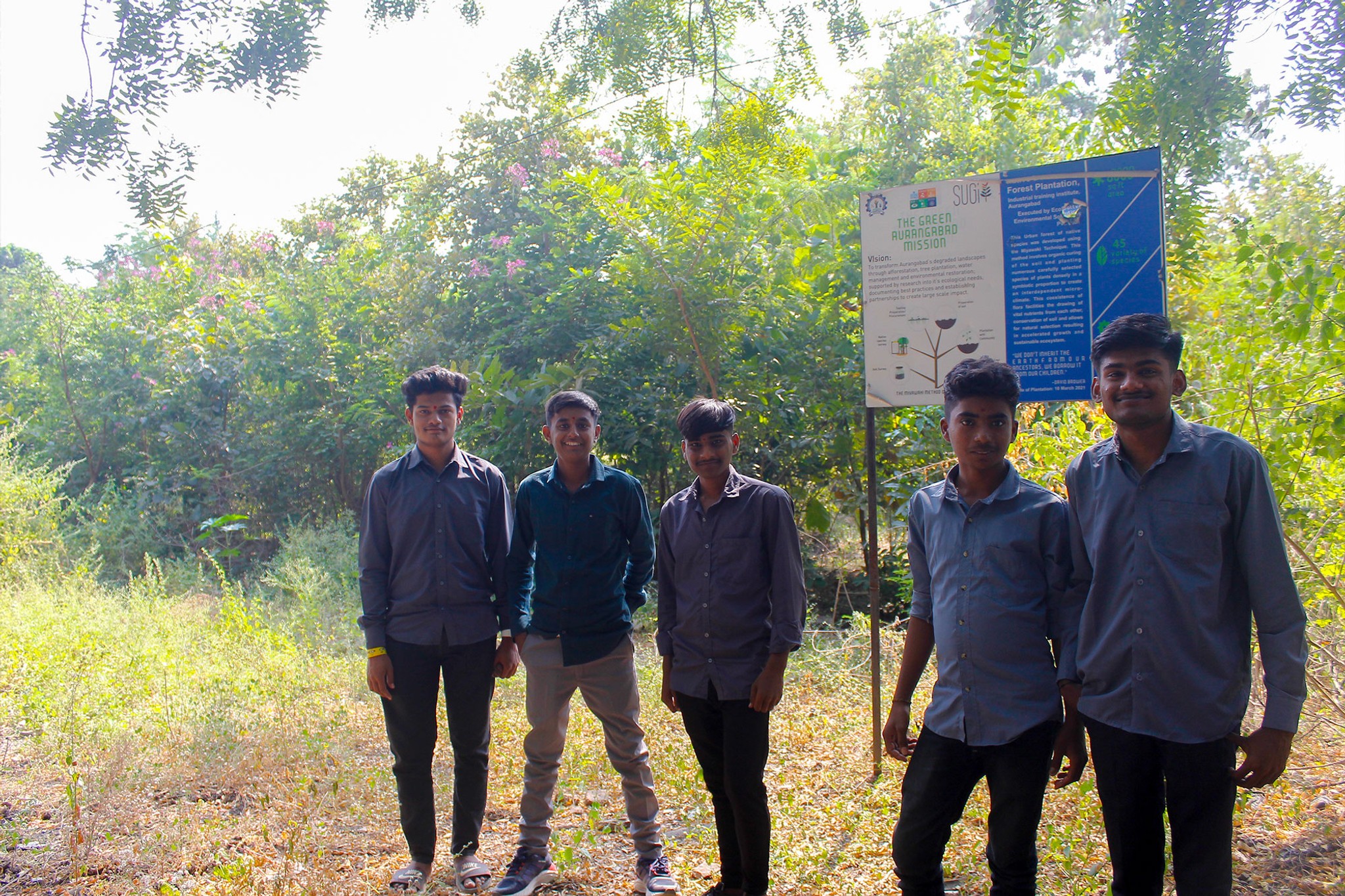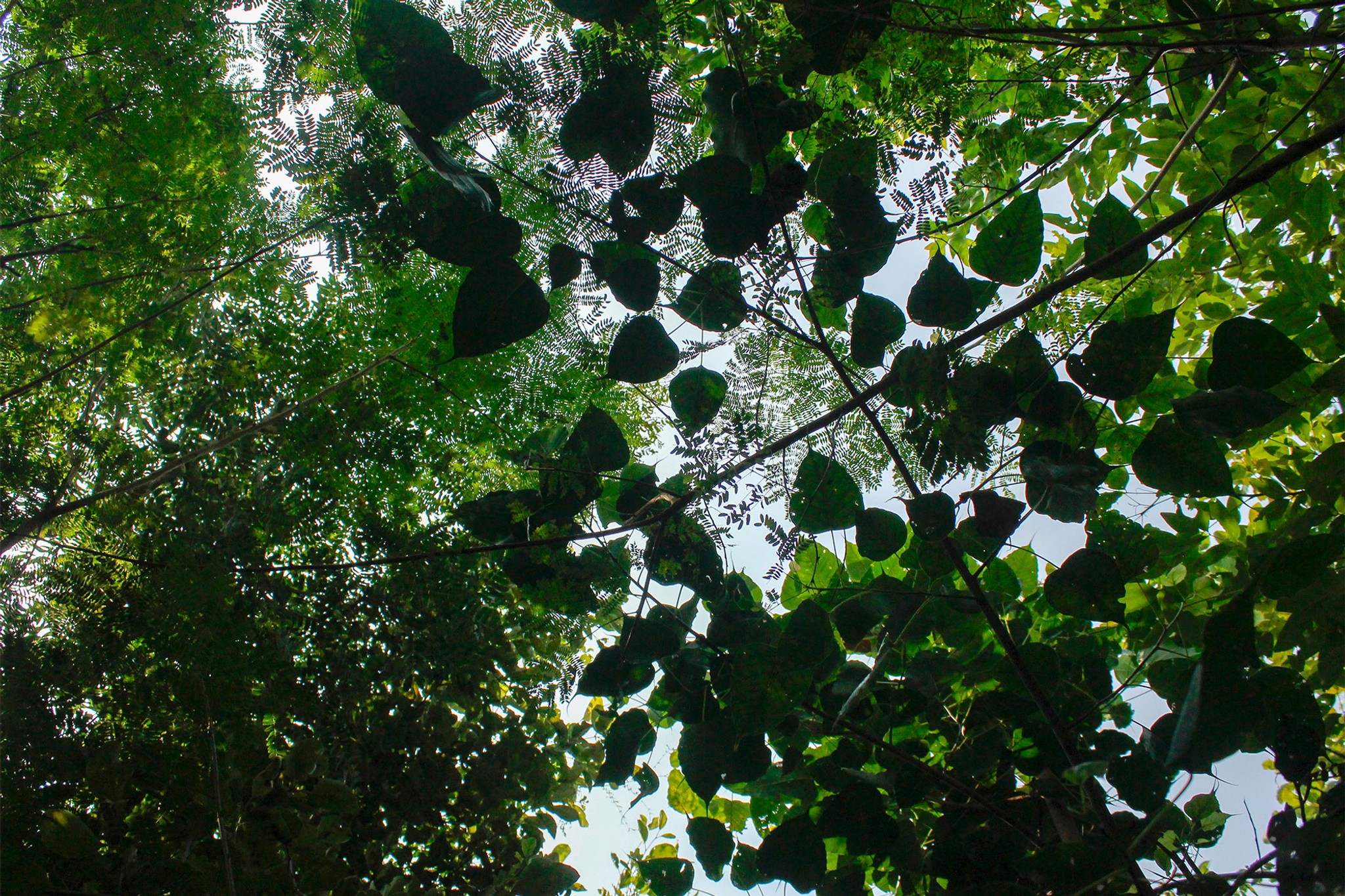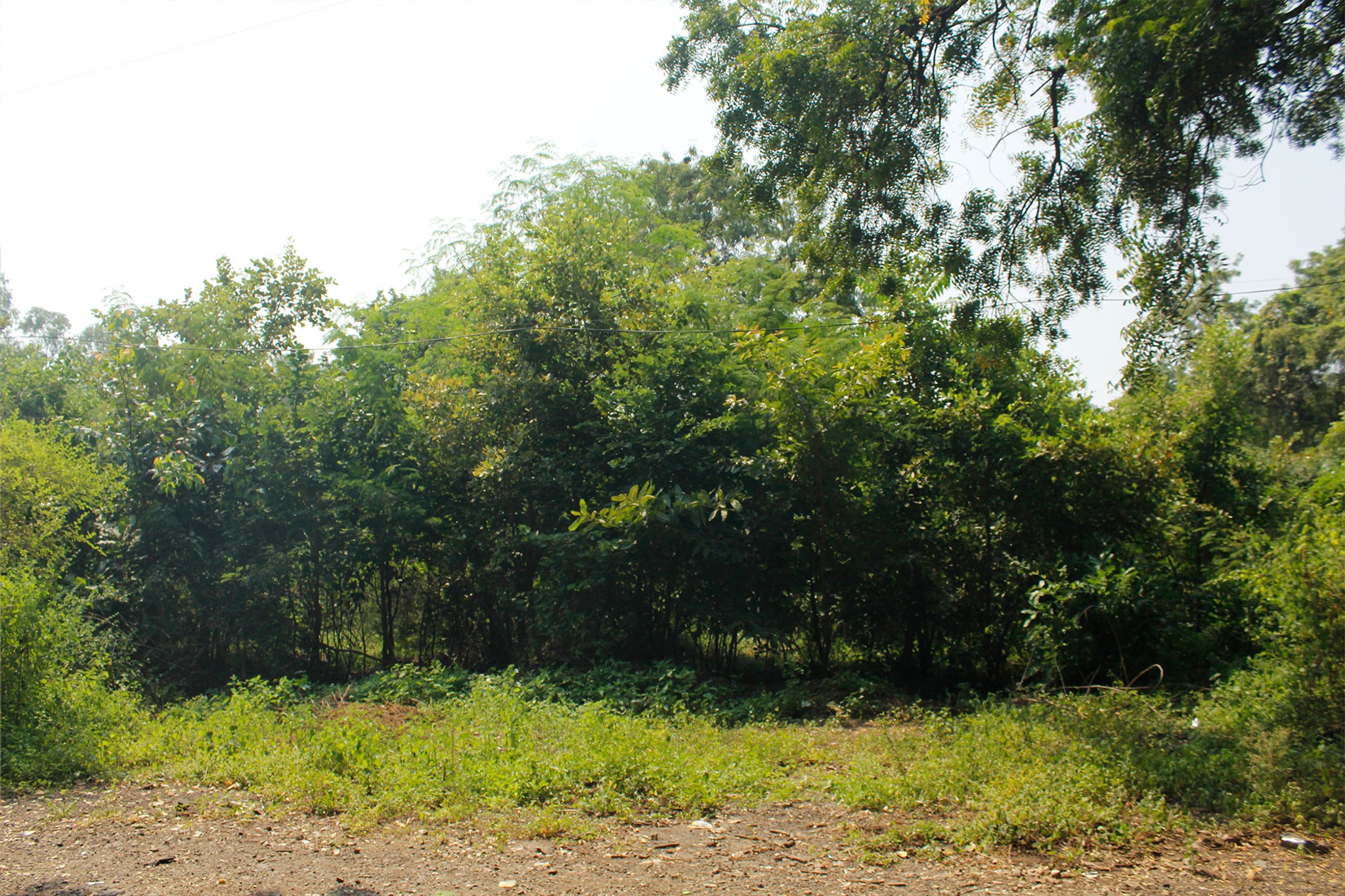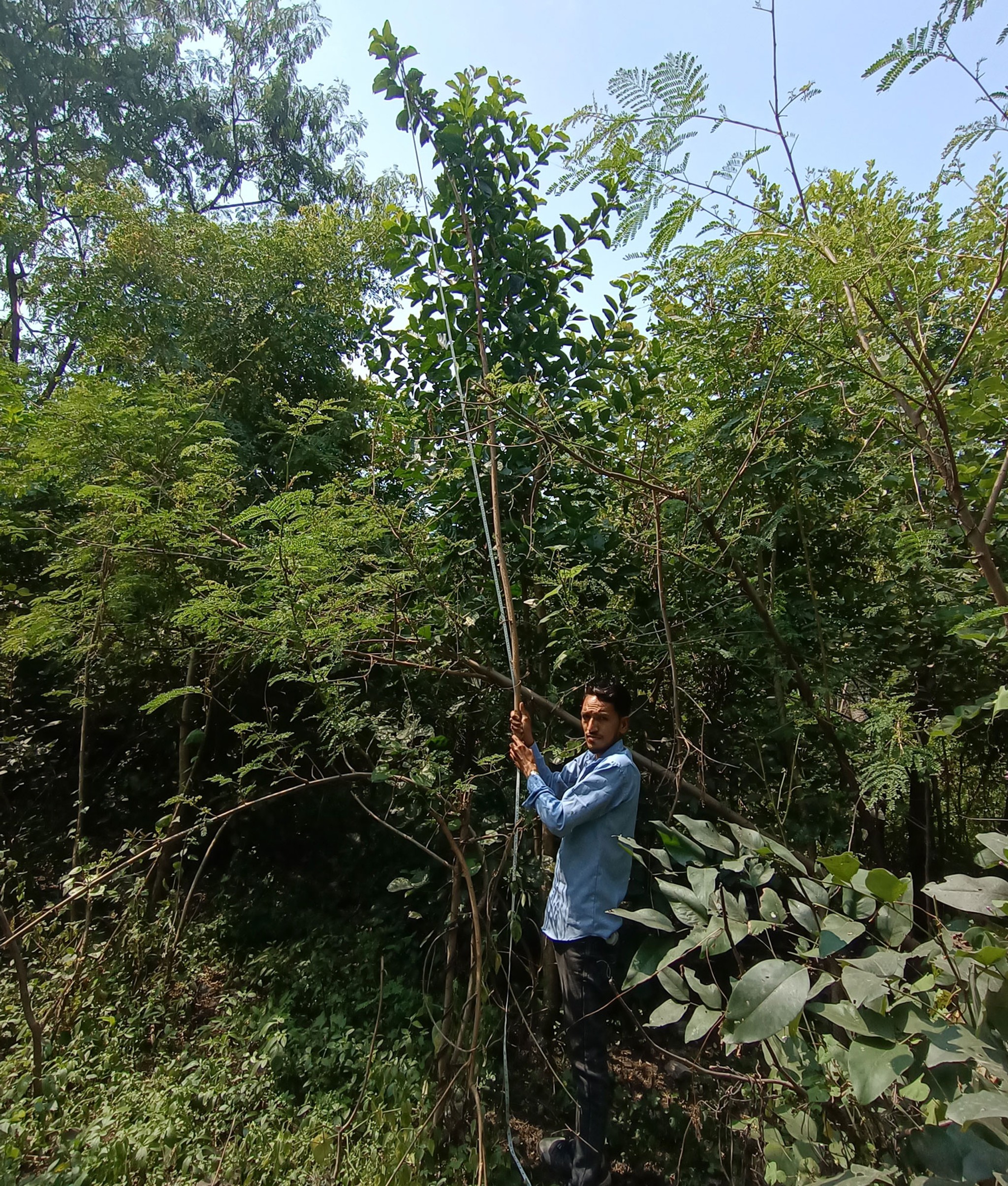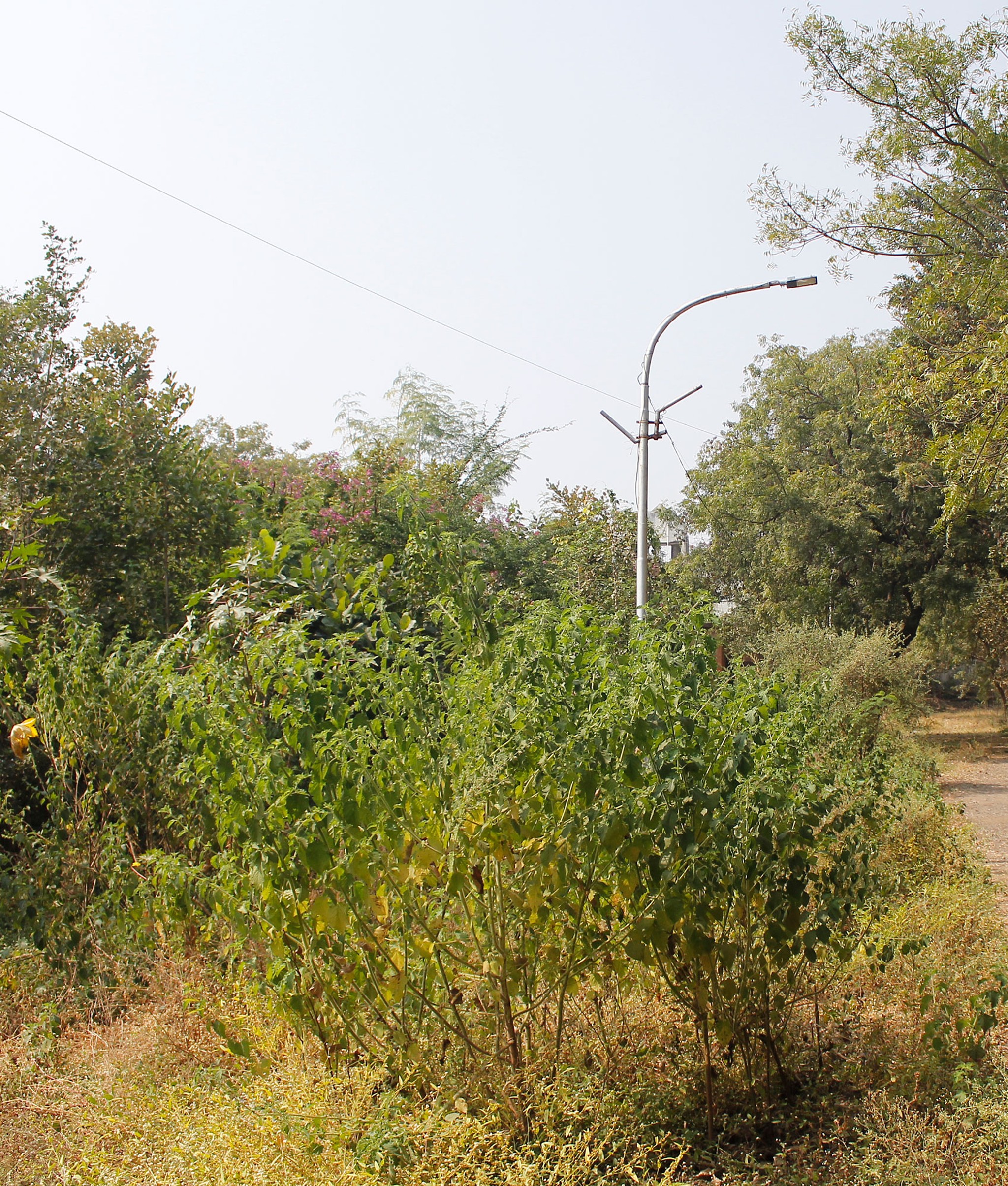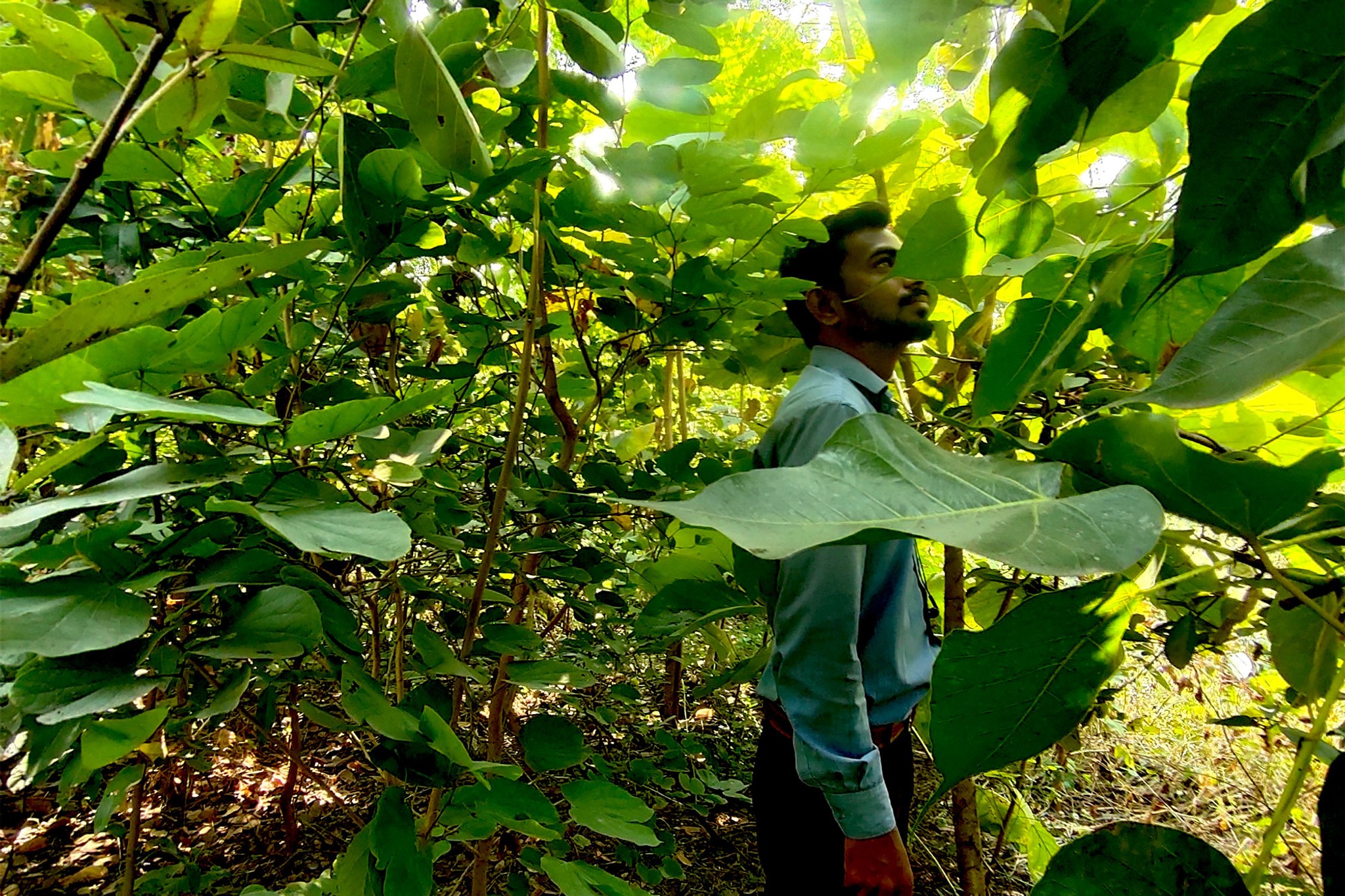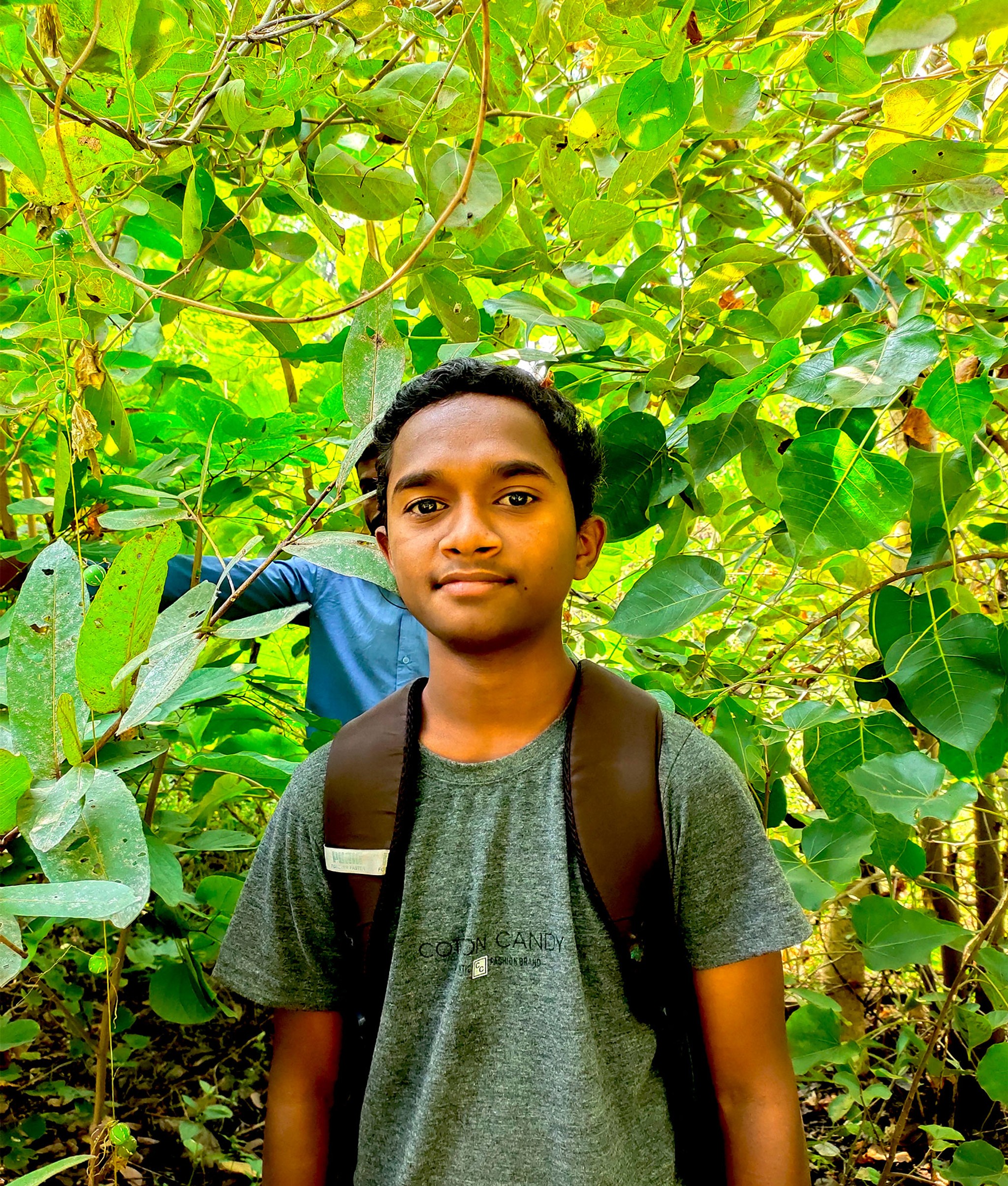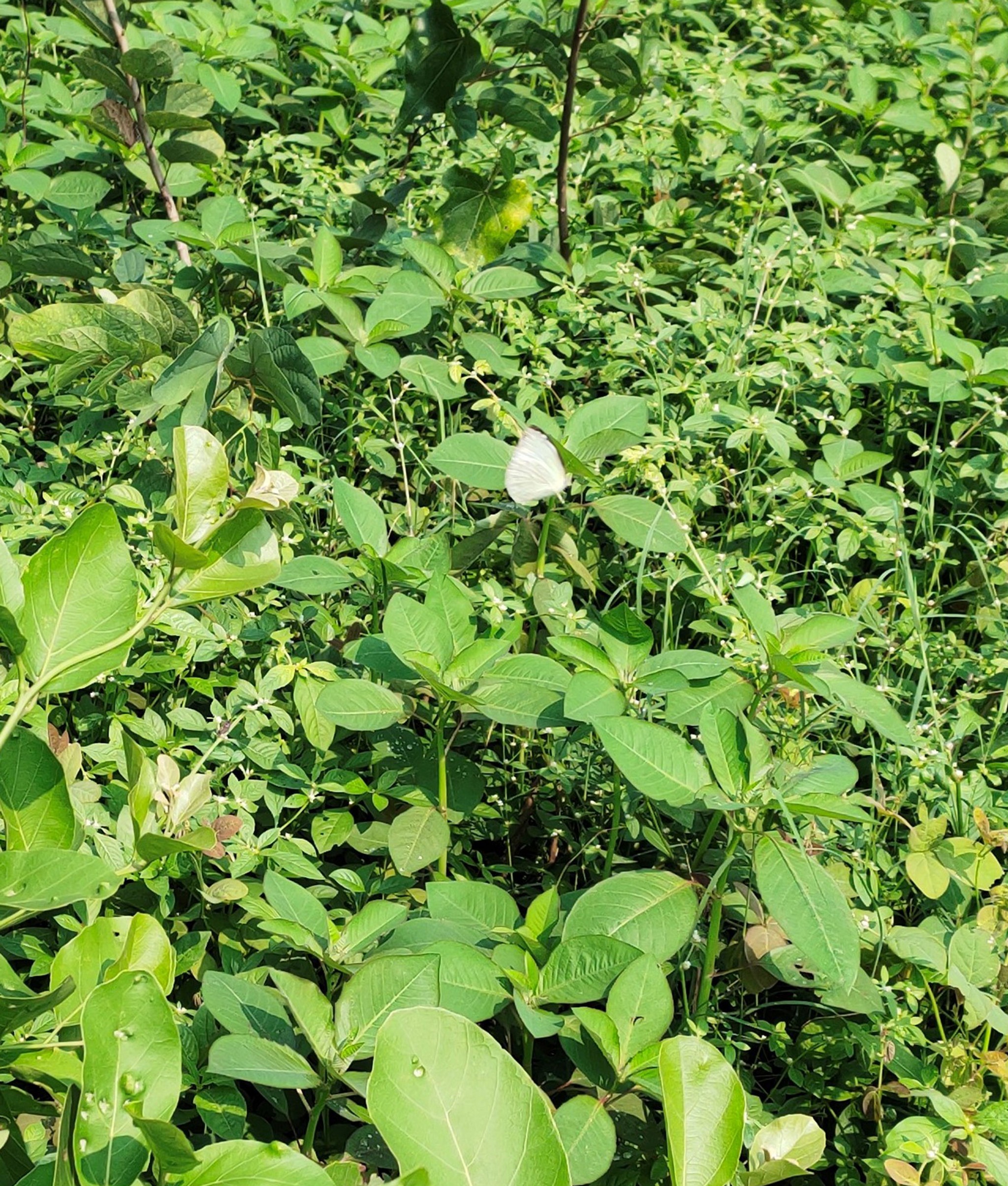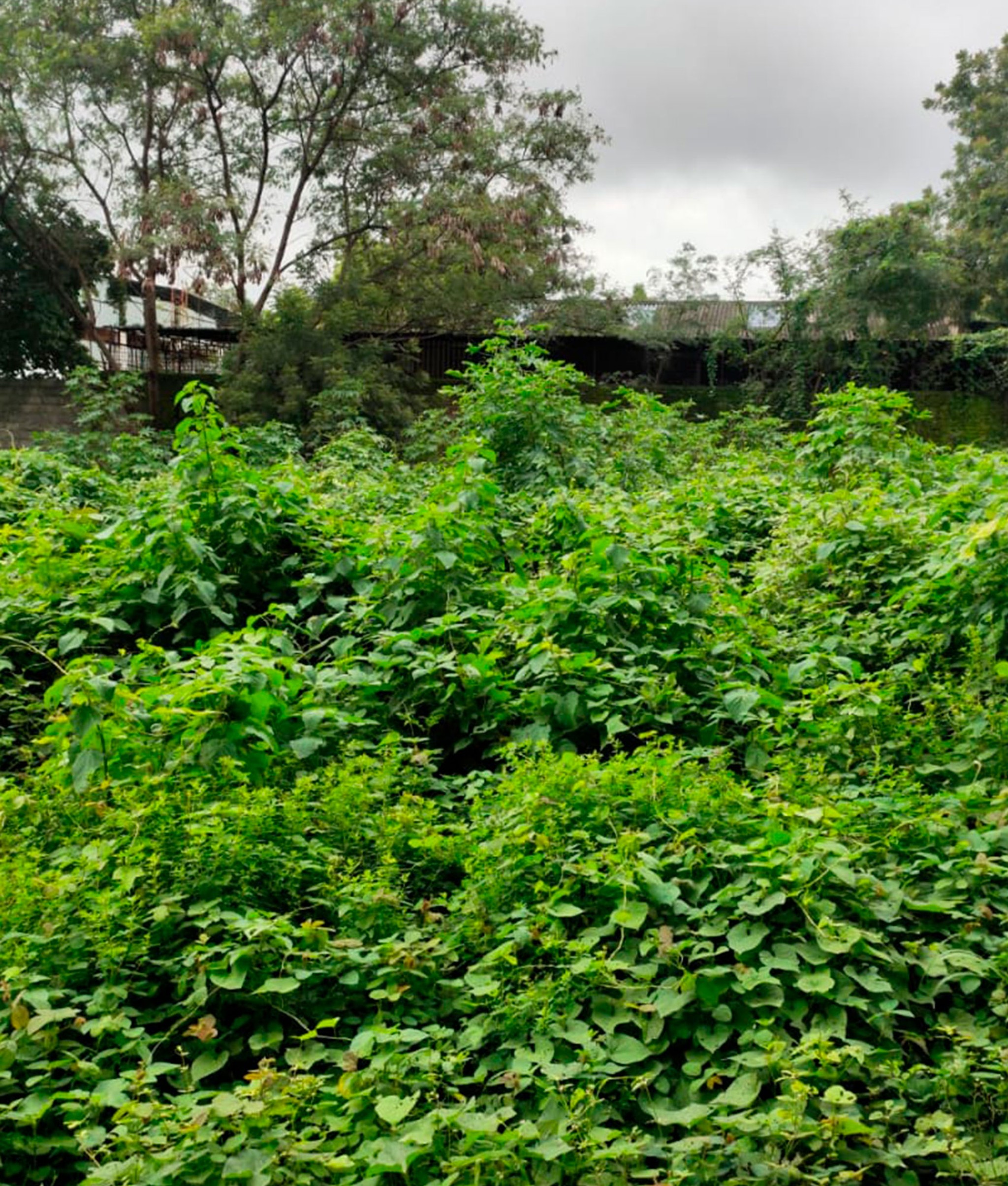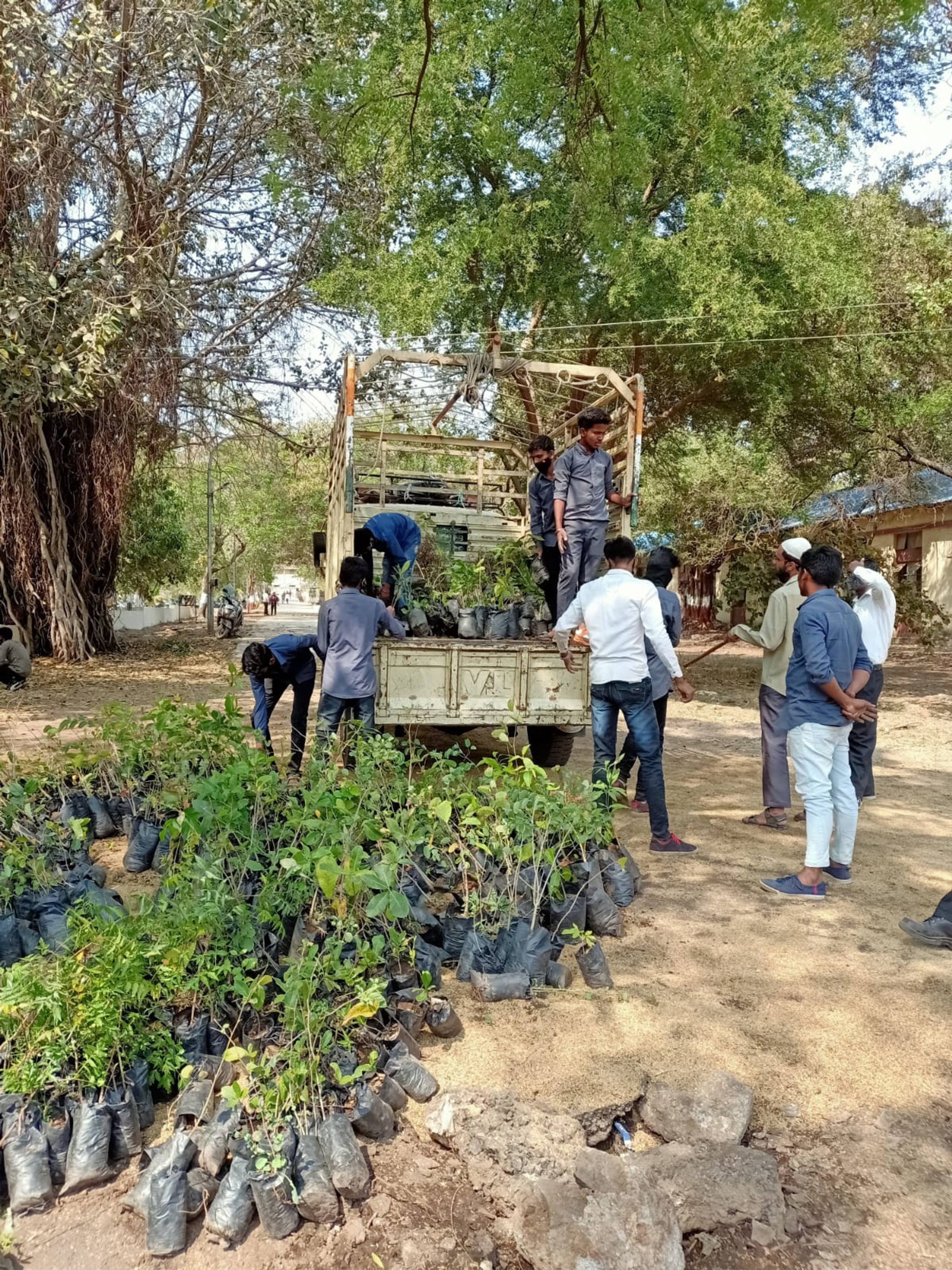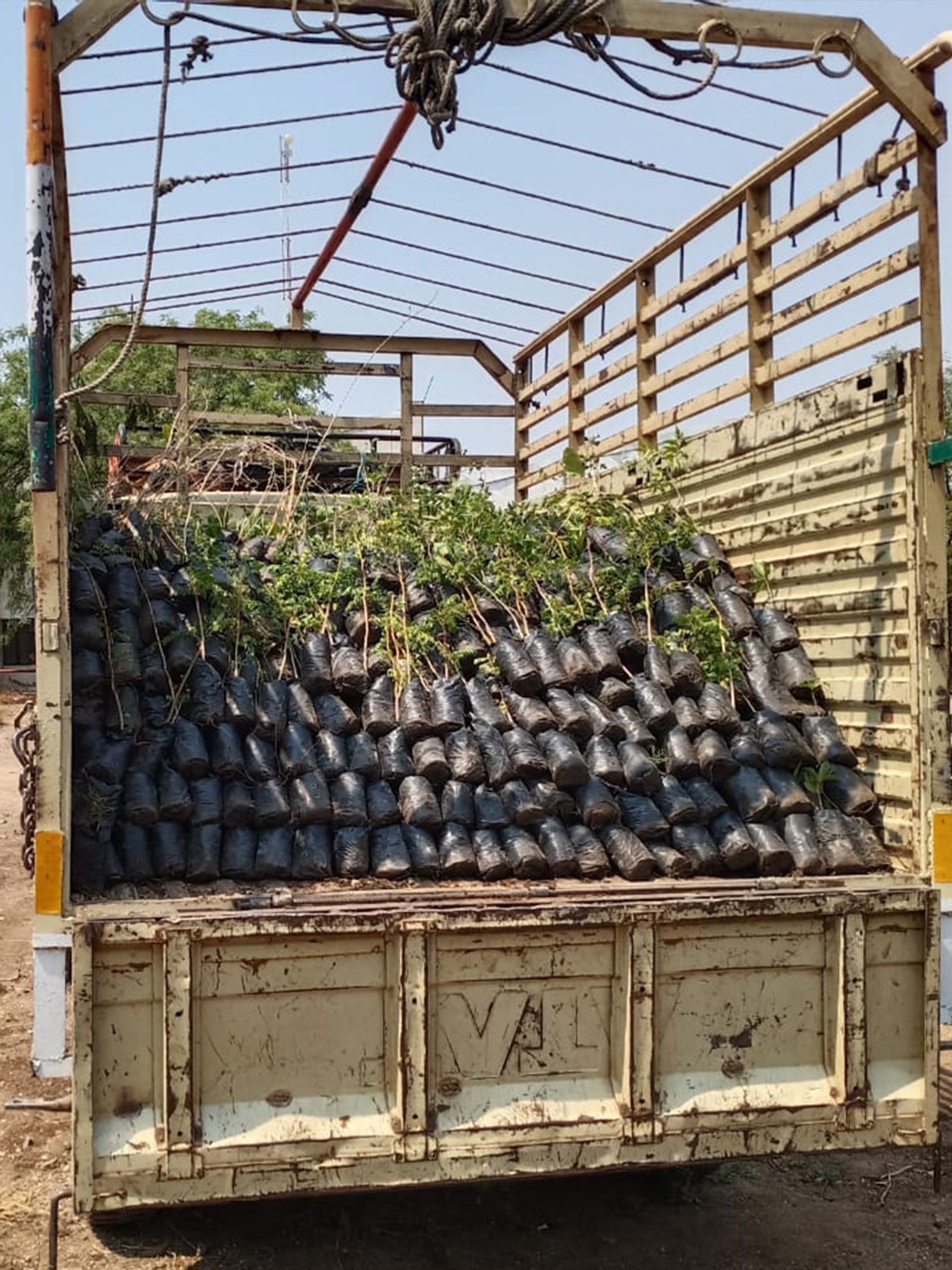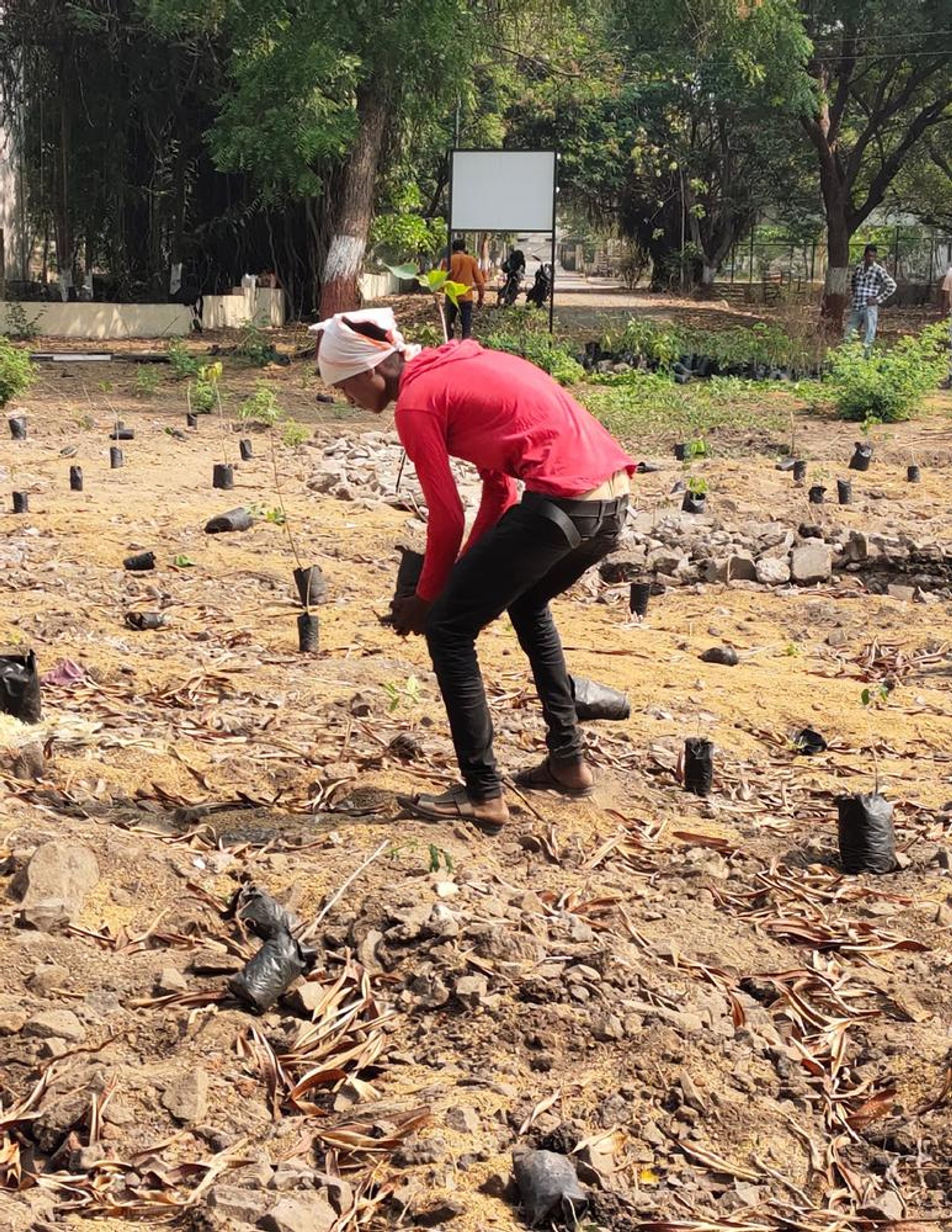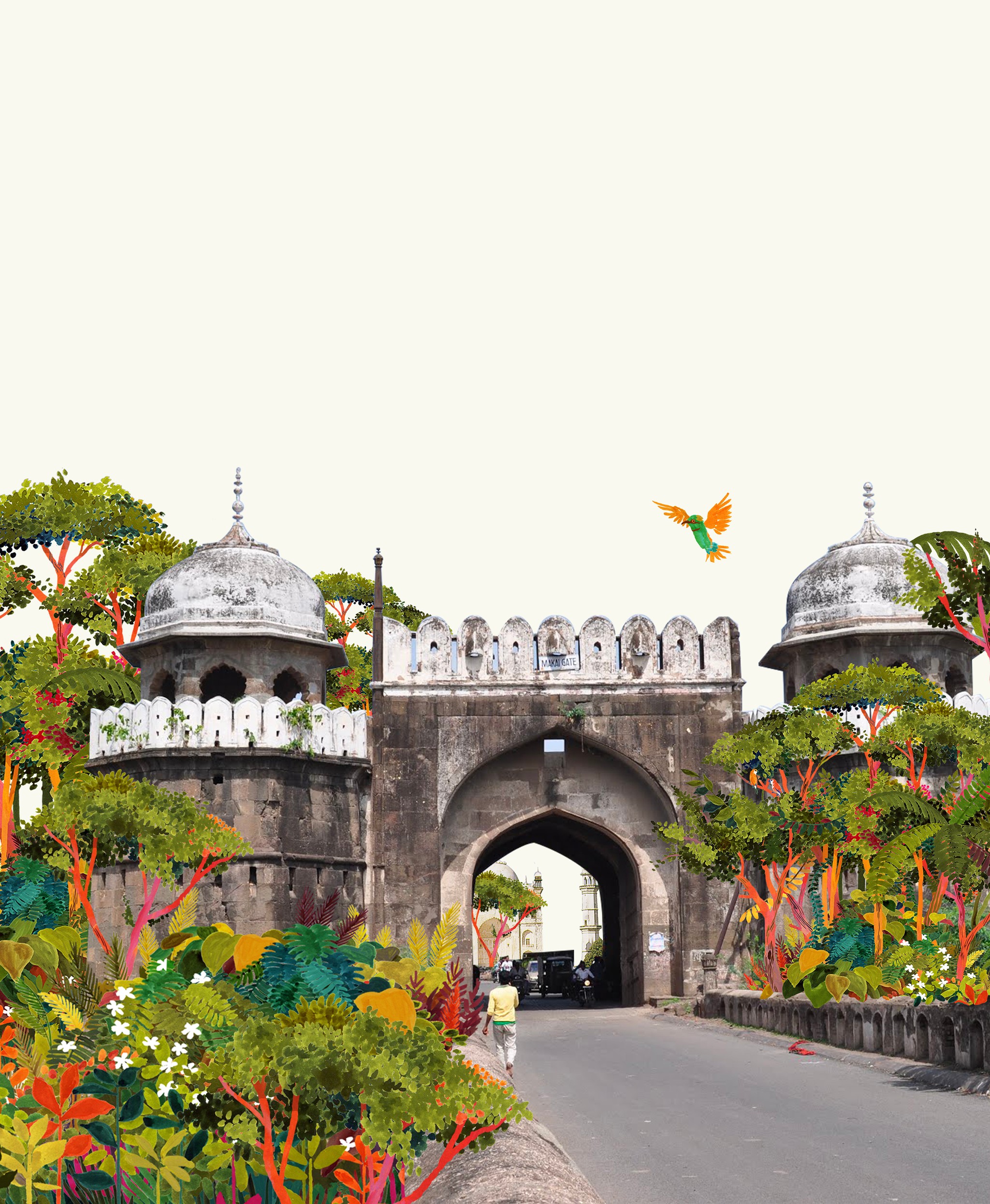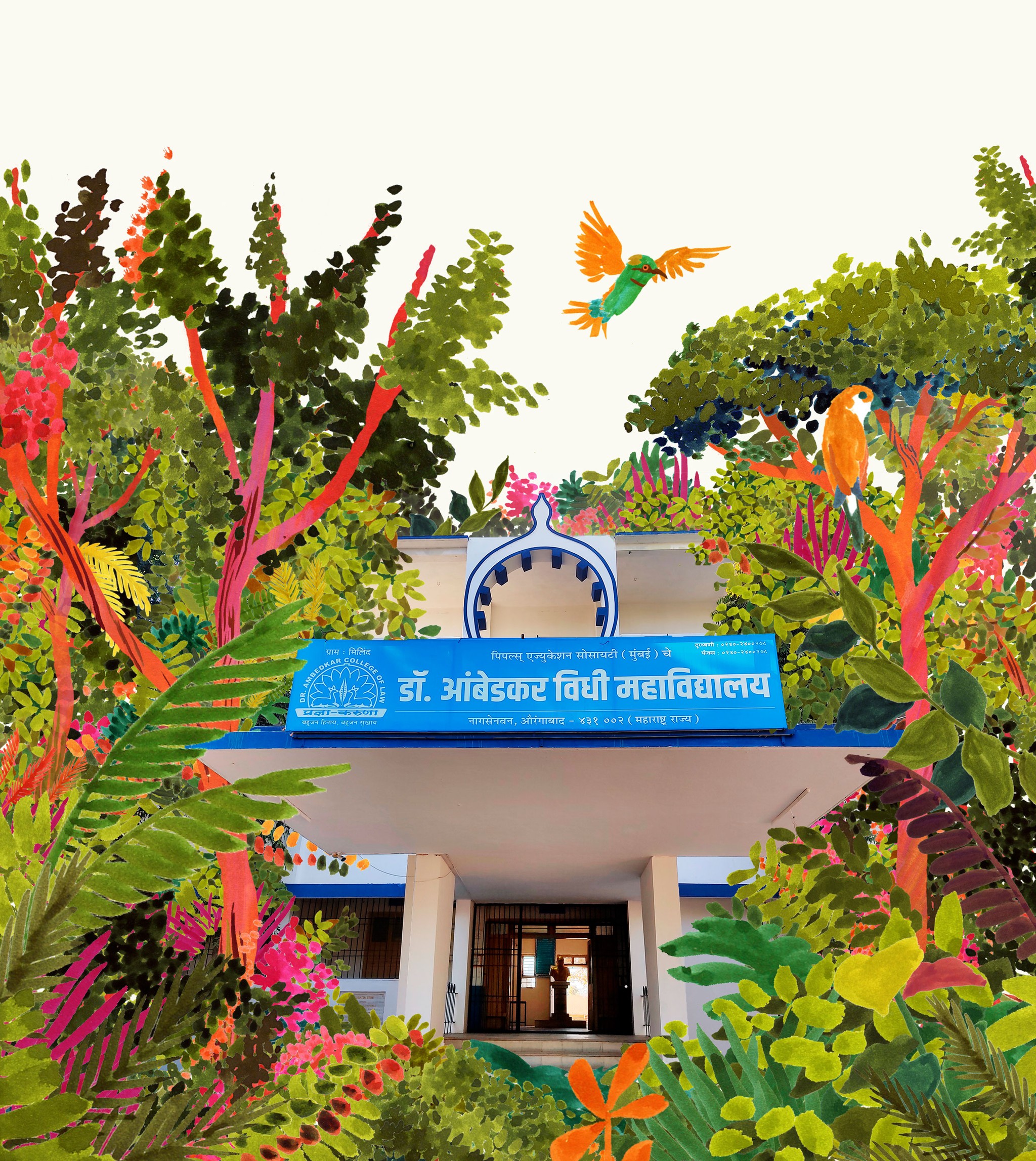ITI Osmanpura
Urban Forest for a training institute in Osmanpura.


0
Trees
0
Square Meters
0
Native Species
Self Sustaining Forest
Planted in April 2021, this forest has transformed a barren, degraded plot into a lush, green haven, significantly boosting local biodiversity in the area. Species like sisoo (Dalbergia sissoo) and bhokar (Cordia mixa) have grown remarkably, while the towering drumstick tree (Moringa oleifera) now creates a dense canopy, providing shelter and shade for the layers beneath. The forest is teeming with wildlife, with several species of butterflies and birds, such as purple-rumped sunbirds (Leptocoma zeylonica) and the chocolate pansy (Junonia iphita), frequently spotted resting and flitting through the canopy.
The success of this forest has been widely praised for its positive impact on the local ecosystem, creating a vibrant, wildlife-friendly space that continues to flourish and attract even more species. The forest has also played a key role in connecting students to Nature, offering them hands-on learning experiences and fostering a deeper understanding of environmental conservation.
Forest Maker
EcoSattva
Forest Partner


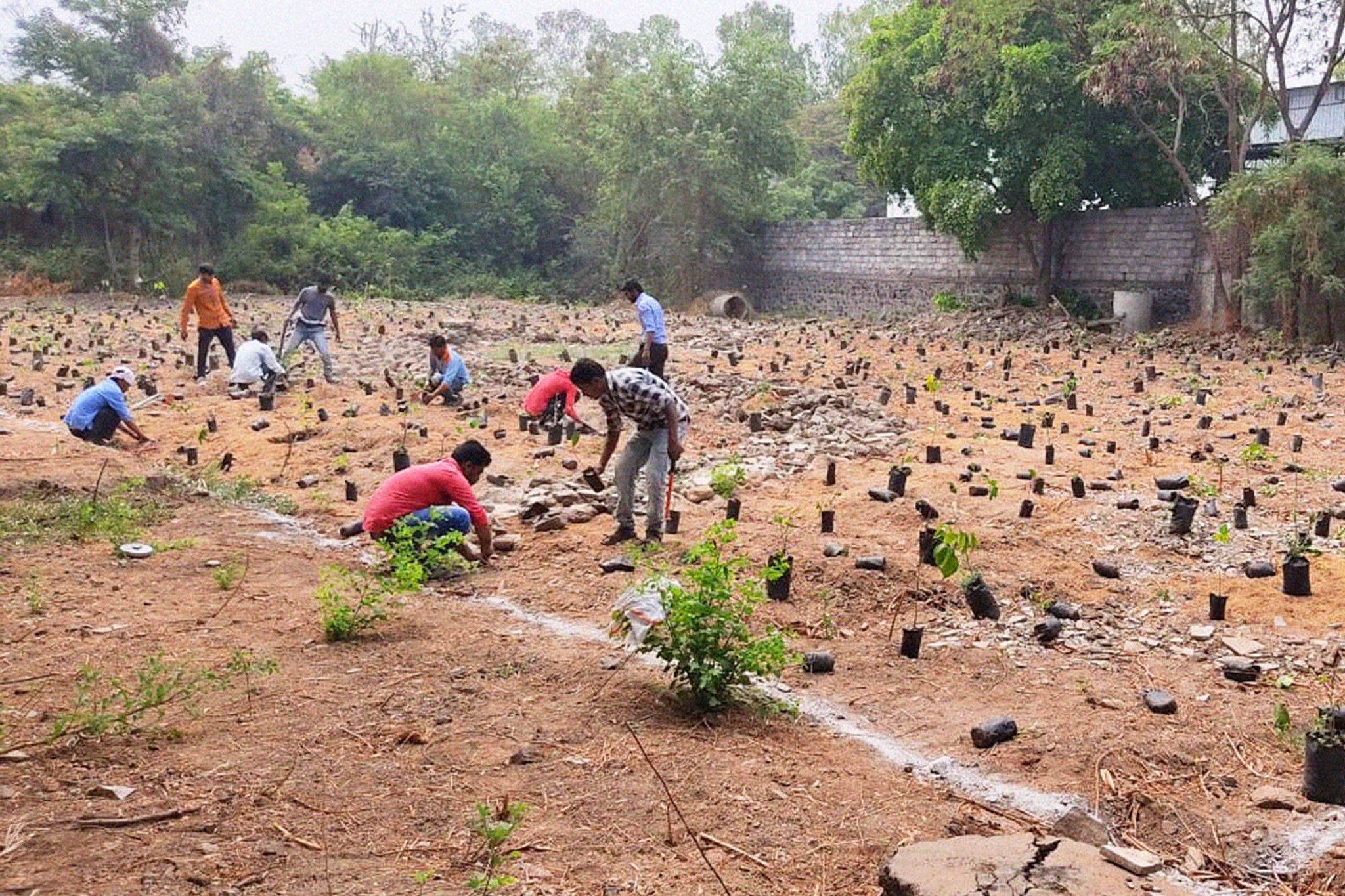

Ecosystem Restored
Final report: 21.11.2024
After approximately three years our SUGi Pocket Forests become self-sustaining. They no longer require human maintenance or watering, and can be handed over to Nature for biodiversity and complexity to naturally develop.
0%
Survival Rate
0
People living within 300 meters
0
kg of potential CO2 sequestration
Biodiversity
Biodiversity is all the different kinds of life you'll find in one area—the variety of animals, plants, fungi, and even microorganisms like bacteria that make up our natural world. Each of these species and organisms work together in ecosystems, like an intricate web, to maintain balance and support life.
0
Potential number of mammals
0
Potential number of birds
0
Potential number of amphibians
Forest Report: 2023
0 Years
Forest Age
0%
Survival Rate
0m
Average of Tallest 3 Trees
ITI College Osmanpura is adapting well, and is now self-sustaining. It is amazing to see that the forest is already reducing the heat island effect, as the temperature inside the forest is significantly lower than outside the forest. There are also many more birds and insects living inside the forest.
Forest Report: 2022
0 Months
Forest Age
0%
Survival Rate
0m
Average of Tallest 3 Trees
This forest is doing well, even though it suffered during the intense drought earlier in the year. We connect survival rate to this climatic event, though the growth rate is good. The tallest tree recorded is the Drumstick tree (Moringa oleifera) at 610cm, this is approximately a doubling in height over the last year. The forest is dense and the canopy is forming well, resulting in it also being noticeably cooler in temperature in the forest than outside.
The forest is bringing real enrichment to the ITI College community - students and teachers alike are enjoying seeing it grow and transform the degraded space that it once was.
Several species of butterfly continue to make a home in this forest: the Striped Tiger (Danaus genutia), Great Eggfly (Hypolimnas bolina), Chocolate Pansy (Junonia iphita), Lemon Pansy (Junonia lemonias) and Common Bushbrown (Mycalesis perseus). Purple-rumped sunbirds (Leptocoma zeylonica) are also regularly seen in the forest. Various plants are flowering beautifully, including the Cypress vine (Ipomoea quamoclit) and orchid tree (Bauhinia variegata).
Biodiversity Notes:
“This forest air filter and carbon sink is critical in the backdrop of the imminent risk of global climate change, ever reducing green cover, dwindling biodiversity, worsening water scarcity and impending socio-economic crises due to frequently occurring natural disasters, especially floods, droughts and landslides.”
Praveen Srivastava, CCF & Dy. DG of Social Forestry dept (Marathwada region)
Forest Report: 2021
0 Months
Forest Age
0%
Survival Rate
0m
Average of Tallest 3 Trees
The tallest tree recorded in the forest was a Drumstick tree (Moringa oleifera) at 300cm, but in October 2021 a thunderstorm sadly brought this down. Still, the average height of the forest is 150cm to 182cm.
Planting: April 2021






















